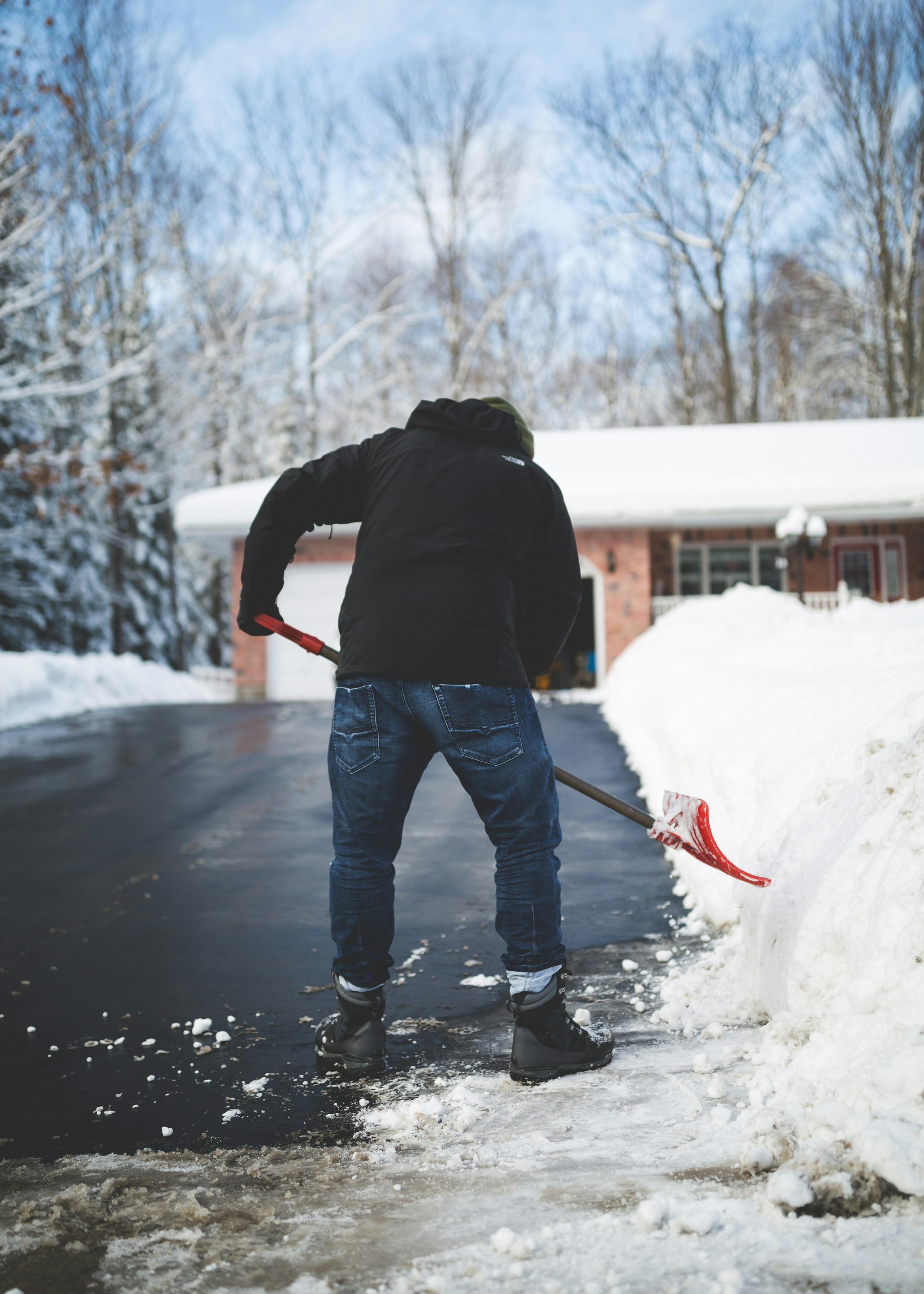Reducing Salt and Chemical Pollution in Cold Weather
Posted on: September 13, 2024
Winter’s arrival brings a host of outdoor fun, from sledding and ice skating to skiing. Yet, it also ushers in the challenge of managing snow and ice on our sidewalks and driveways. While deicers like salt make winter maintenance easier, they can pose significant risks to our environment. Sodium chloride, commonly used for melting ice, along with other deicing chemicals, can dissolve and flow into storm drains, ultimately ending up in our rivers and harming aquatic life.

To help protect our waterways and aquatic ecosystems, consider these effective strategies to minimize the impact of winter deicers:
1. Remove the Elements First
The most effective way to reduce the need for deicers is to remove as much snow and ice as possible before applying any chemicals. Use a shovel or ice scraper to clear snow and break up ice. By removing the bulk of the snow and ice, you minimize the amount of deicer needed, which helps prevent over-application and excess runoff.
2. Limit Access
Cut down on the amount of deicer needed by limiting access to your home to one main entrance. Each additional doorway increases the area that needs to be treated, leading to more salt and chemicals entering the storm drains. Simplify your entry points to reduce the amount of deicing material used.
3. Opt for Alternatives
Consider using deicing alternatives like Calcium Magnesium Acetate (CMA). CMA has fewer environmental impacts compared to traditional salts and does not cause corrosion. It’s a more eco-friendly option that still effectively manages ice and snow while being less harmful.
4. Reduce Salt Use
Be mindful of how much salt you apply. Using less salt not only reduces the environmental impact but also helps you save money. A small amount of salt goes a long way in melting ice when combined with proper snow removal techniques. Remember, more is not always better; overuse leads to unnecessary pollution.
5. Use Proper Application Techniques
When applying deicers, follow the manufacturer’s instructions and avoid spreading more than needed. Applying salt too liberally doesn’t improve melting efficiency and can lead to higher concentrations of pollutants in runoff. Aim for even distribution to achieve the desired effect without excess.
By implementing these winter care practices, you can significantly reduce the environmental impact of deicing chemicals and help keep our waterways clean.